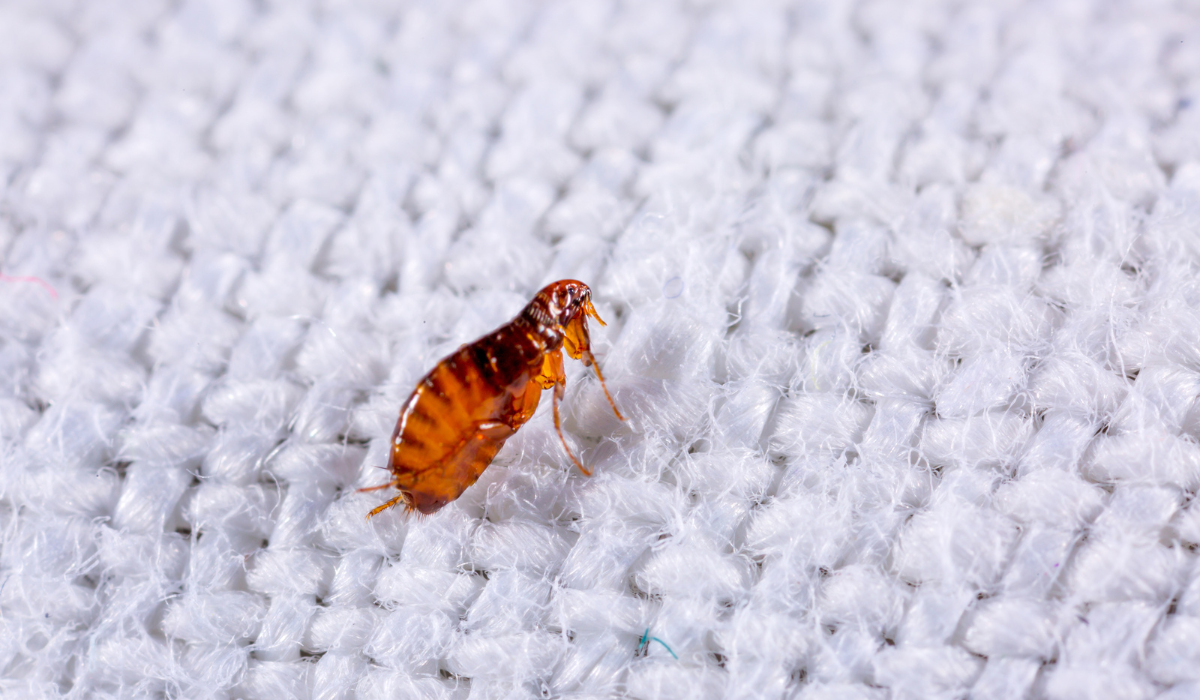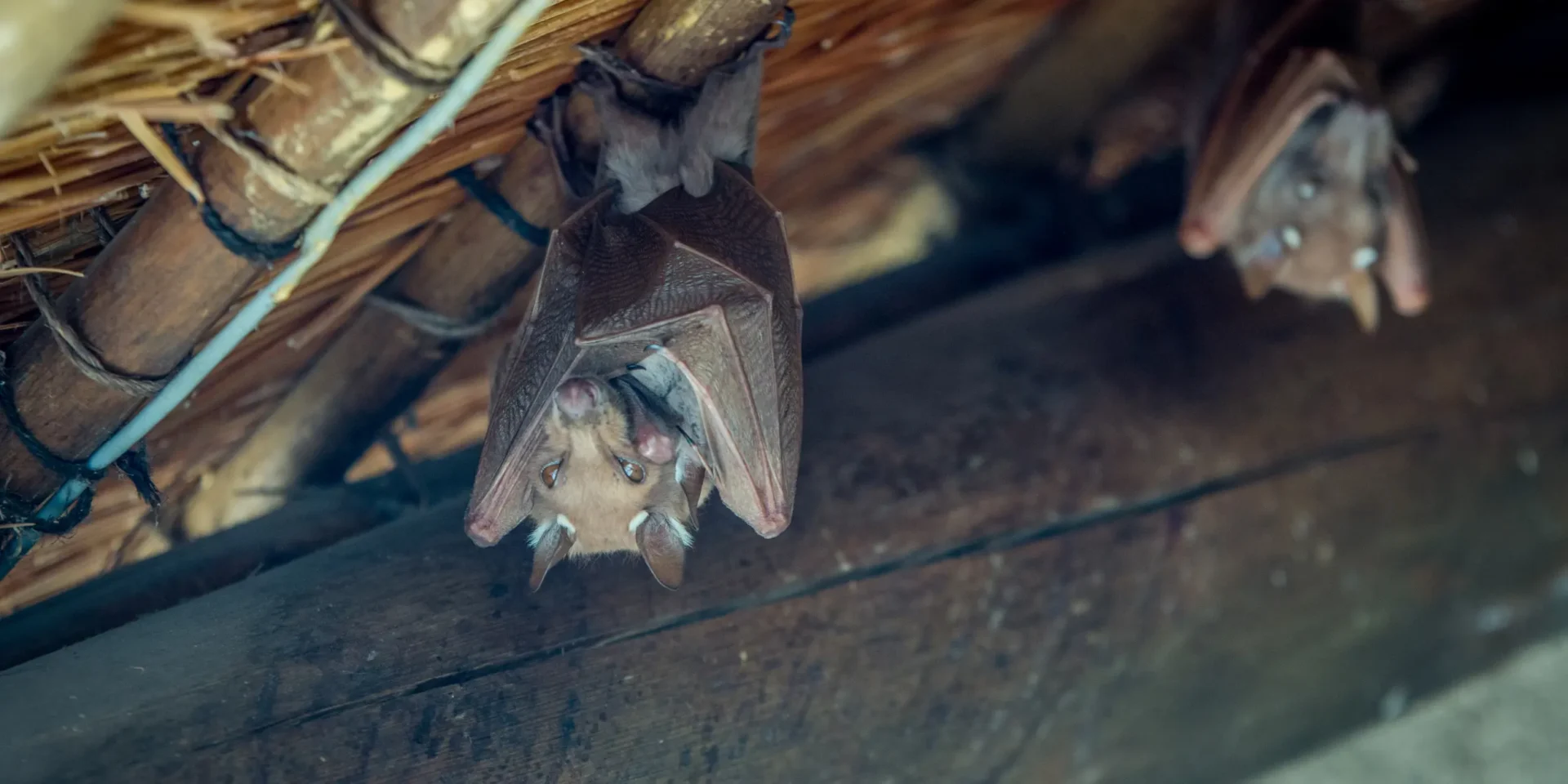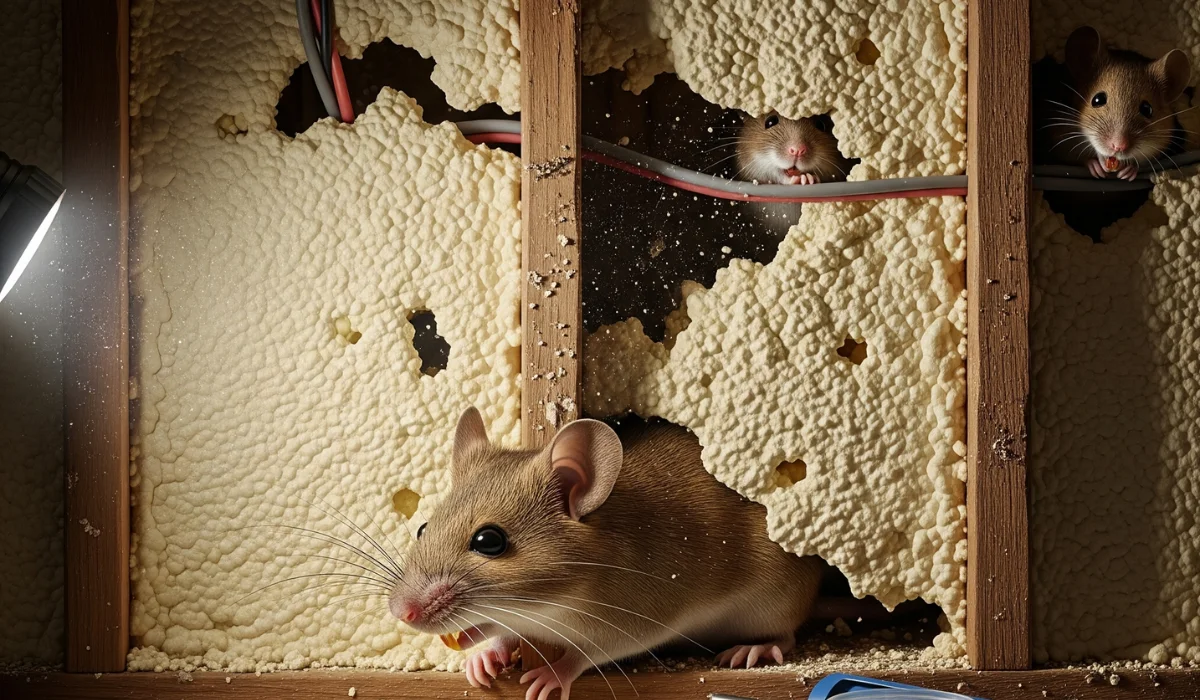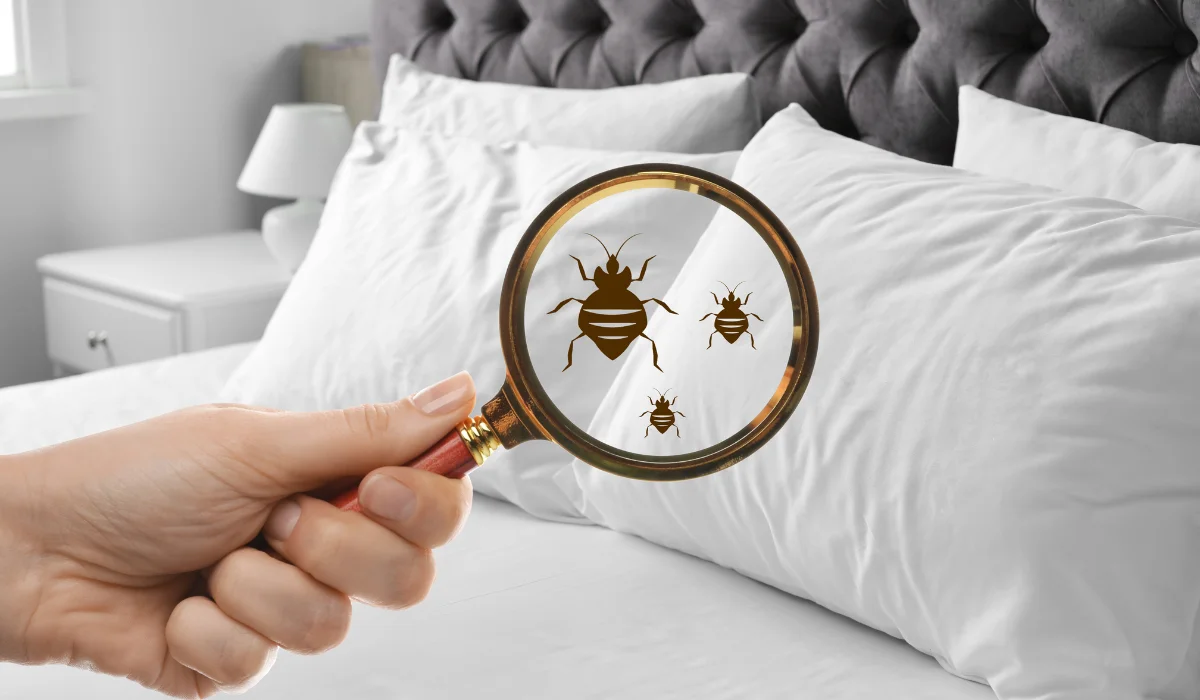Fleas survive in warm, humid conditions in domestic and wild animals, but extreme heat can kill them.
As homeowners and pet owners, you might wonder, “At what temperature do fleas die?” Fortunately, research shows fleas are vulnerable to high temperatures, especially in certain life stages.
Keep reading to learn how heat can help you fight flea infestations effectively.
Key Takeaways
- Heat treatment kills fleas by exposing them to high temperatures, disrupting their vital processes.
- Fleas can be effectively controlled with heat treatment if it reaches lethal temperatures and maintains exposure long enough.
- Safe heat treatment involves carefully preparing the area and following specific steps to avoid damage and hazards.
- Flea infestations can be managed using a combination of heat treatments, natural methods, and chemical treatments.
- Professional flea control services provide comprehensive assessments and targeted treatments to eradicate fleas effectively.
HOW HEAT TREATMENT WORKS TO KILL FLEAS
Heat treatment is a pest control method that kills fleas by exposing them to high temperatures. This process is effective at targeting all stages of the flea life cycle.
Heat treatment exterminates fleas through a biological mechanism that disrupts their vital processes. High heat affects flea populations in the following ways:
- It dries out the flea’s body, leading to desiccation.
- It causes the flea’s proteins to lose structure, which is fatal.
- It deactivates essential enzymes for the flea’s metabolism, causing death.
When it comes to their lifecycle stages, here’s how heat impacts their development:
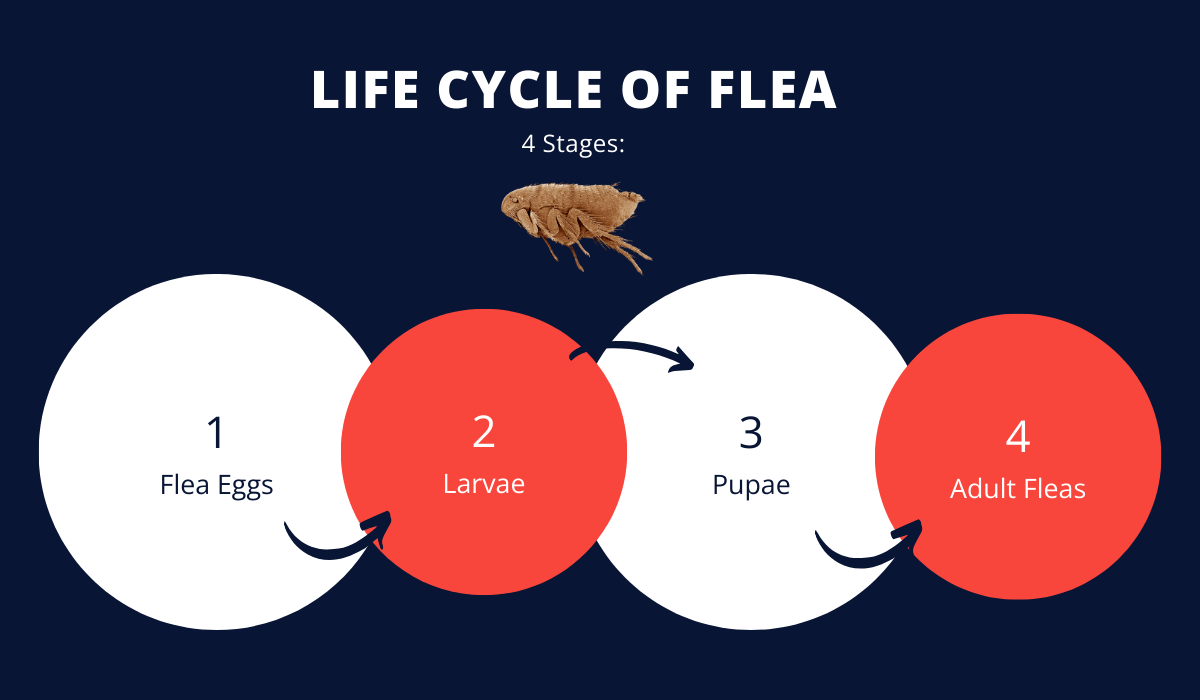
| Stage in the Life Cycle | Details |
| Eggs | Heat prevents hatching by killing the larval flea within. |
| Larvae | The treatment dehydrates and kills the vulnerable larvae. |
| Pupae | While pupae are protected by a cocoon, extended heat exposure can penetrate and kill them. |
| Adult fleas | It kills adults by directly affecting their bodily functions. |
For heat treatment to be effective, it must reach temperatures lethal to fleas. The following temperature ranges are ideal:
- 95°F – 97°F (35°C – 36°C): These are the minimum temperatures to start affecting fleas but may require a lot of time.
- 100°F and above (38°C and above): Fleas are killed more quickly and effectively at these higher temperatures.
IS HEAT TREATMENT EFFECTIVE FOR FLEA CONTROL?
To ensure fleas meet their demise, the right conditions are crucial. Here are the key factors affecting the survival of the cat flea with heat treatment:
| Factors | Details |
| Temperature | Fleas are susceptible to high temperatures; consistently above 95°F (35°C) is often necessary to kill adult fleas, larvae, and eggs. |
| Exposure Time | Prolonged exposure to lethal temperatures, usually several hours, is required to guarantee a comprehensive impact on all life stages. |
| Coverage | Heat must reach all infested areas evenly, as fleas can hide in cracks and crevices that are cooler than the treated space. |
| Relative Humidity | Lower humidity can enhance the effectiveness of heat treatment by causing fleas to dehydrate more rapidly. |
HOW TO SAFELY APPLY HEAT TREATMENT AT HOME
Applying heat at the right intensity and duration can eradicate fleas from your home. So, it’s essential to ensure the method is safe for both the inhabitants and the home.
As excess heat can damage materials and pose a fire hazard, here’s how to effectively use heat to tackle flea infestations:
- Prepare the Area: Before starting, clear the area of any flammable items and ensure pets and family members are in a safe location.
- Pet Bedding: Begin with your pet’s bedding. Wash all bedding in a washer with hot water (at least 140°F) on the highest heat setting.
- Vacuuming: Thoroughly vacuum all floors, furniture, and nooks. Immediately seal and dispose of the vacuum bag afterward to prevent flea larvae from escaping and reinfesting the area.
- Washing Machine: Utilize your washing machine for other fabrics that may harbor fleas or flea eggs. Use the hottest water the fabrics can handle and the high heat cycle of your dryer.
- Steam Cleaning: Steam cleaning is an effective option for carpets and furniture that can’t be washed. The steam’s high heat can kill fleas at all life cycle stages.
HOW TO GET RID OF FLEAS NATURALLY
While natural and non-toxic solutions for flea control can be helpful, it’s important to acknowledge they might not be as potent as chemical pesticides for complete eradication.
Nevertheless, to avoid the transmission of tapeworms, you can supplement heat treatment with natural methods like:
| Techniques | How to Employ |
| Diatomaceous Earth | Sprinkle diatomaceous earth powder in areas where fleas are present, ensuring it reaches into crevices. Vacuum after 24-48 hours. |
| Essential Oils | Dilute with water or carrier oil and spray in flea-prone areas. Avoid direct contact with pets. |
| Vacuuming | Regularly vacuum carpets, furniture, and pet bedding to remove fleas and their eggs. |
| Flea Combs | Use a flea comb to groom your pets daily, focusing on areas like the neck and tail. |
| Baking Soda | Sprinkle baking soda on carpets and furniture, then rub it in. Vacuum thoroughly after several hours. |
| Dish Soap Solution | Fill a shallow dish with water and add a few drops of dish soap. At night, place it near a light source. |
IS IT TIME TO CALL THE EXPERTS?
When you’re overwhelmed by relentless flea infestations that become severe and home treatments aren’t working to prevent flea bites, it might be time to call in professional pest control experts.
Whether you’re in Baton Rouge or New Orleans, seeking expert help should be easy. For immediate intervention for a severe infestation, let Lajaunie’s flea control specialists tailor a solution that’s right for your home.
For more information about the areas we service, visit our location page.
 By: LaJaunie's Pest Control
By: LaJaunie's Pest Control 